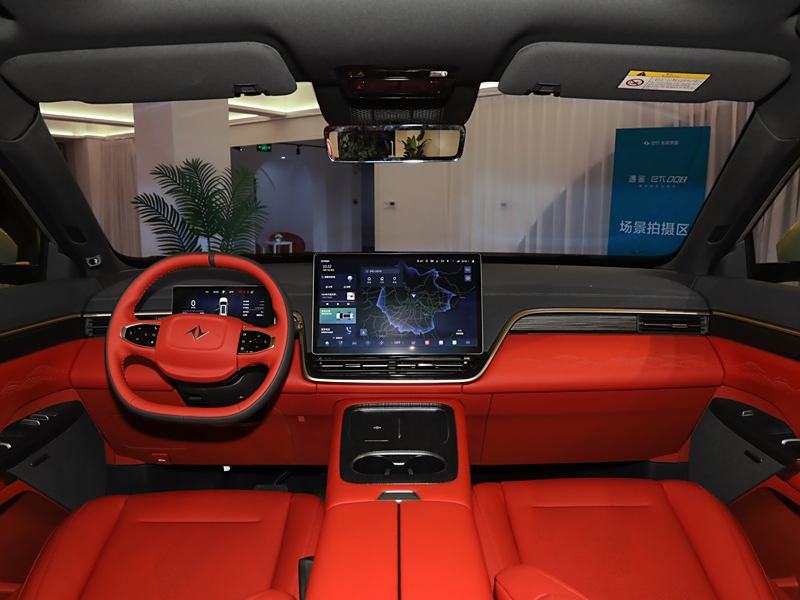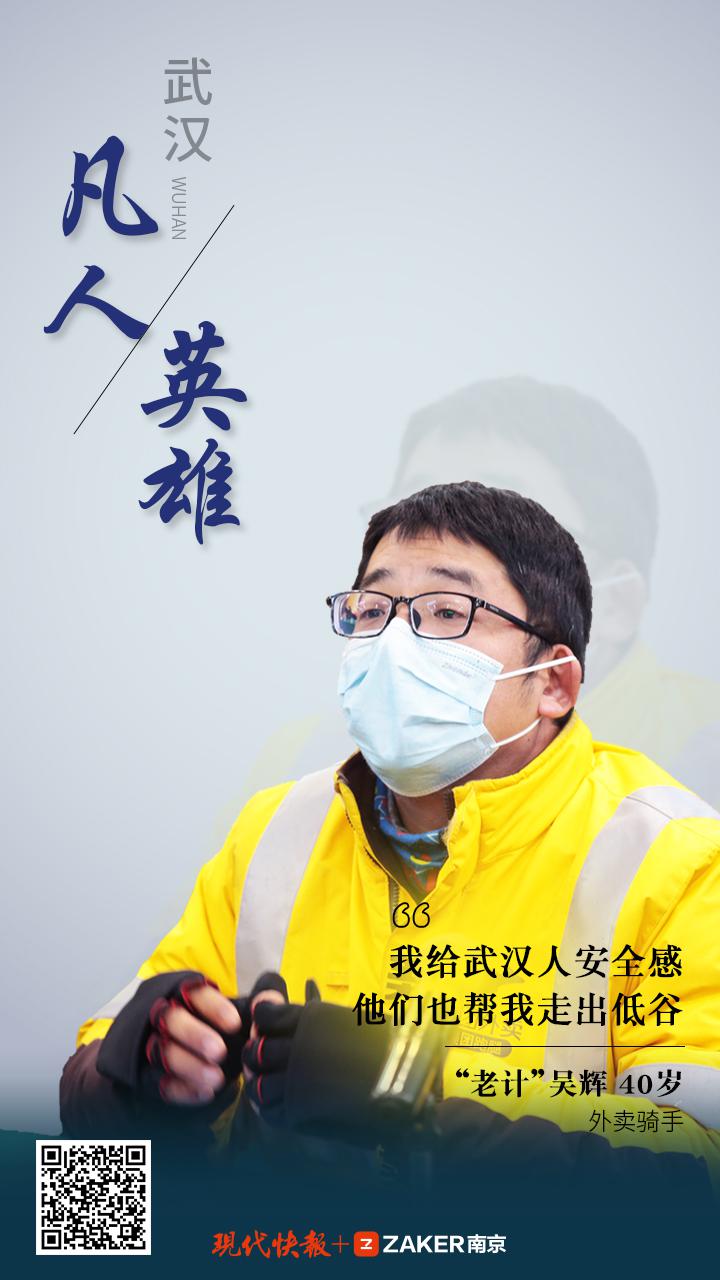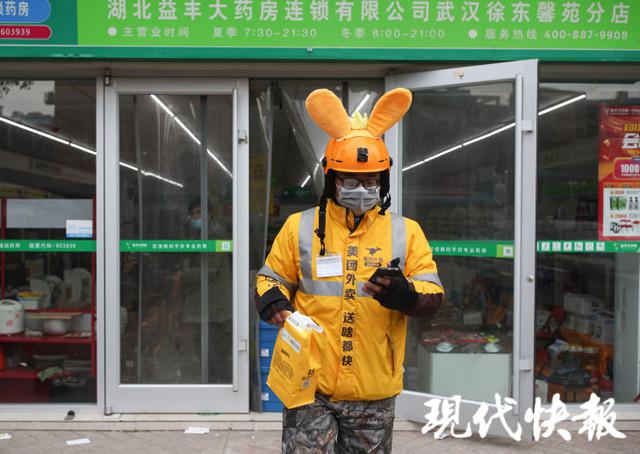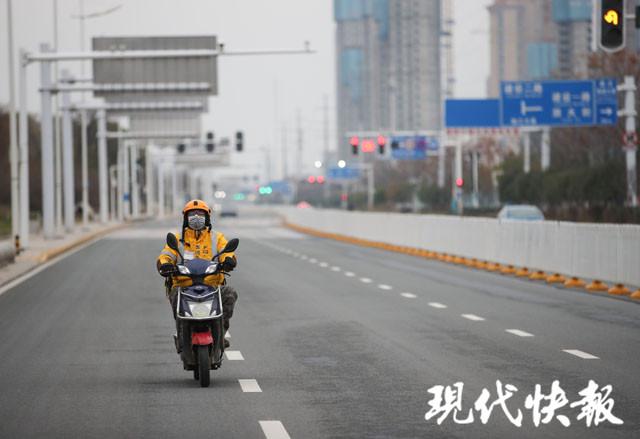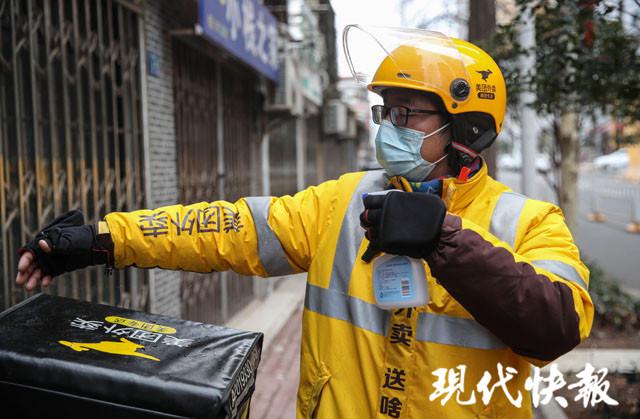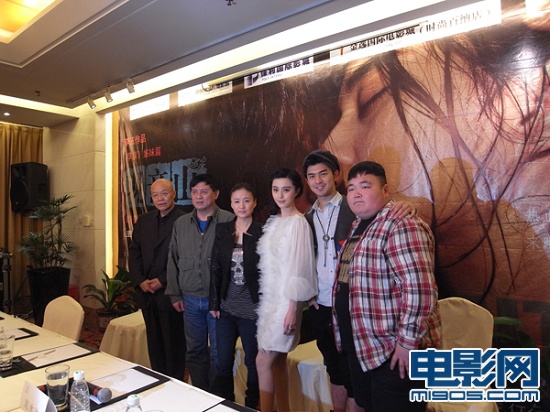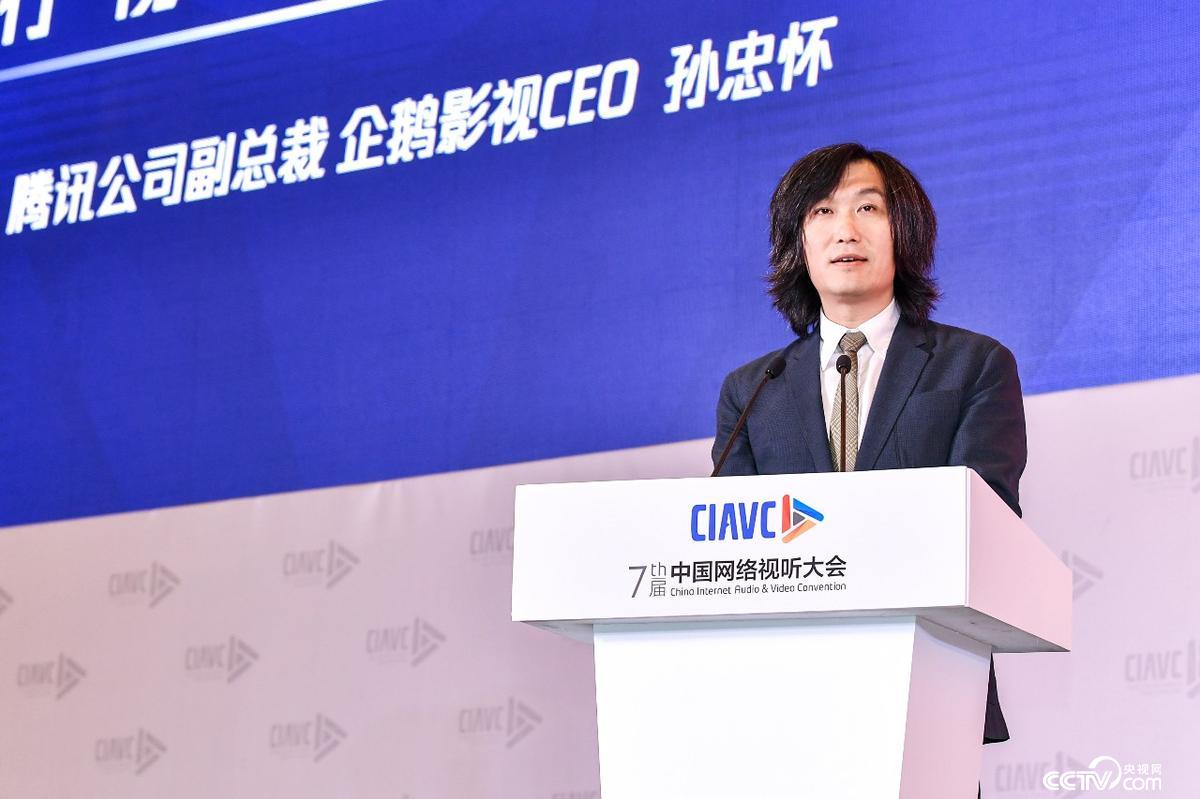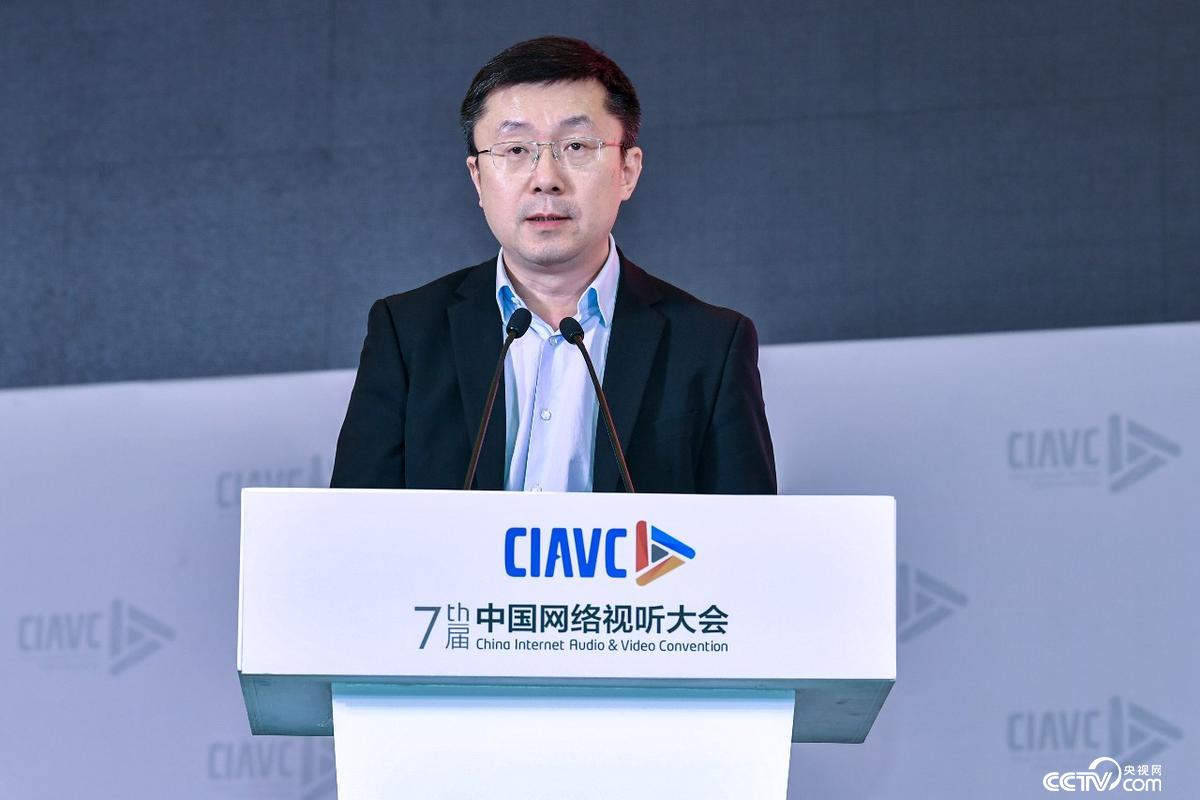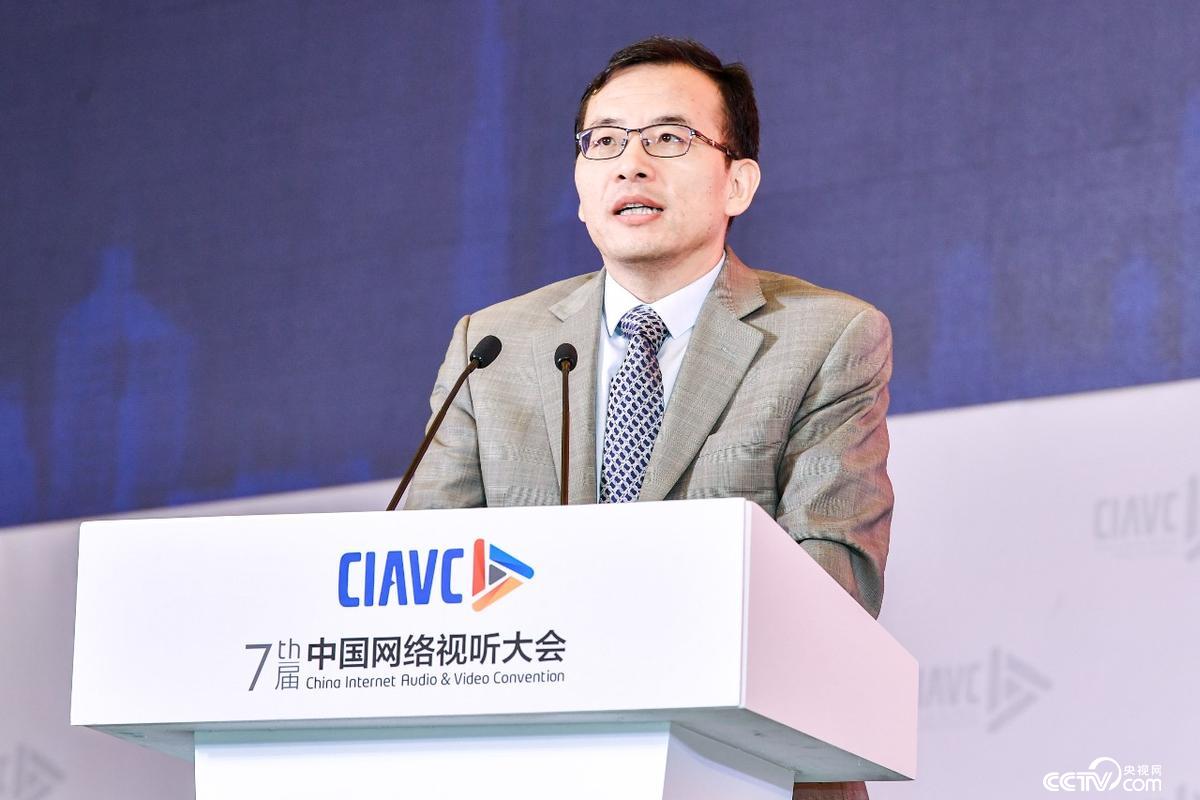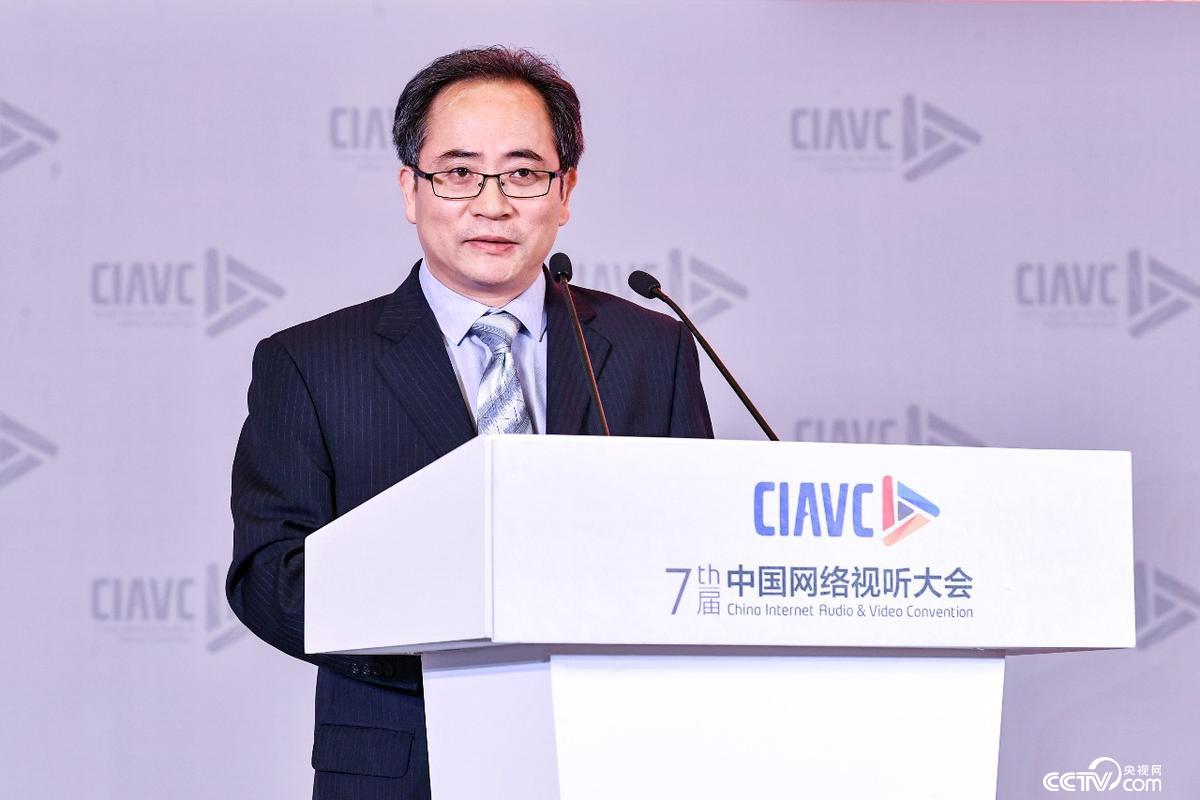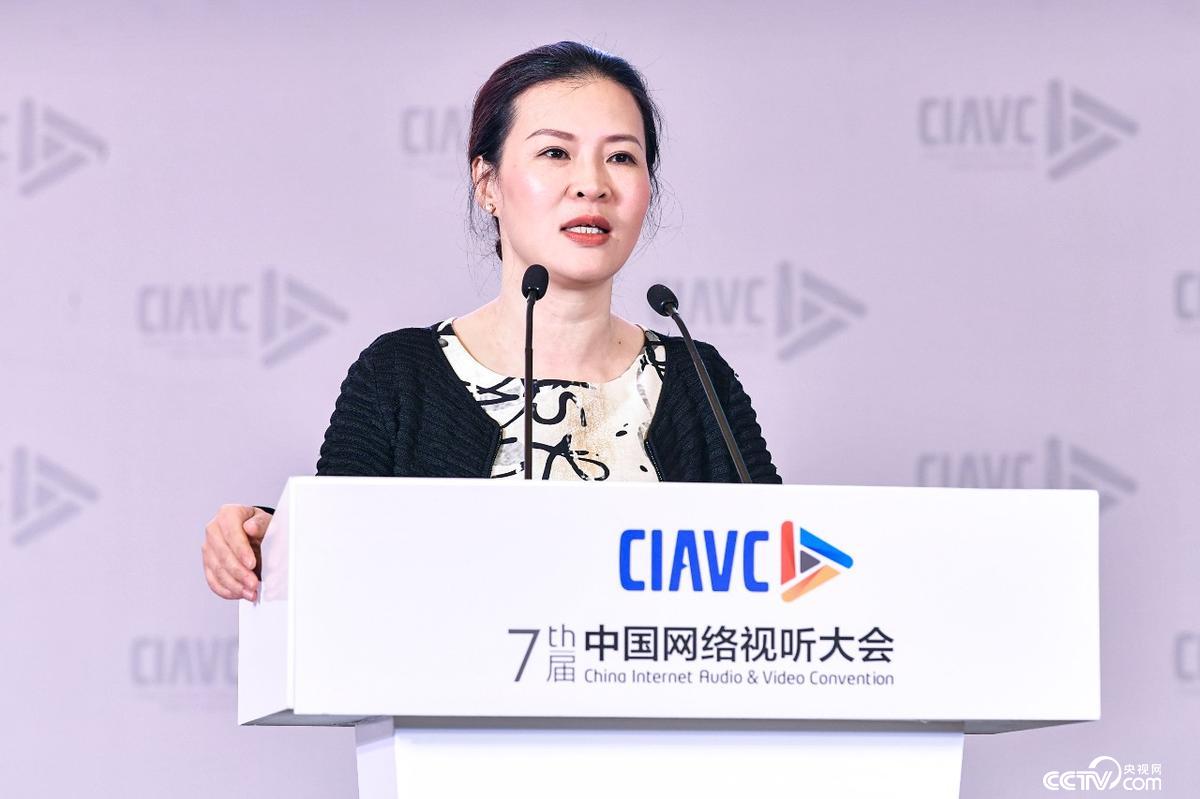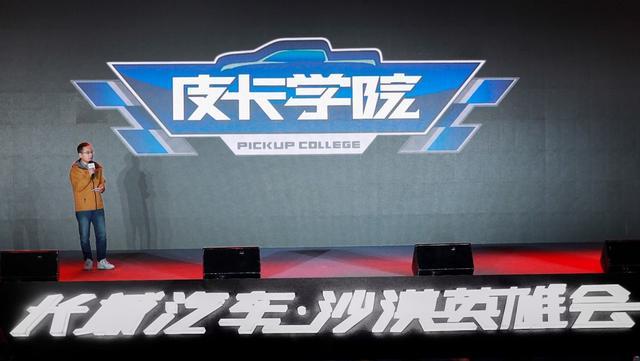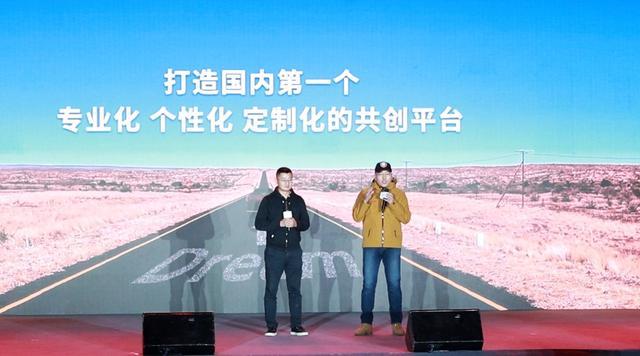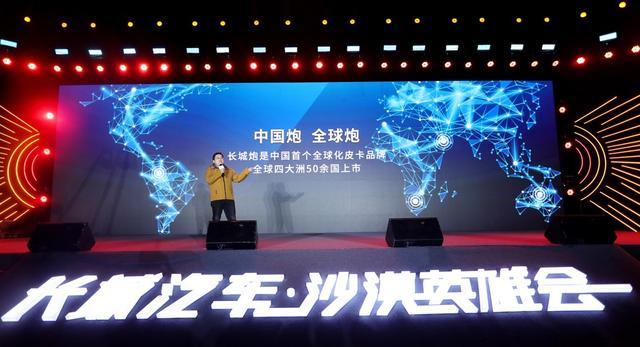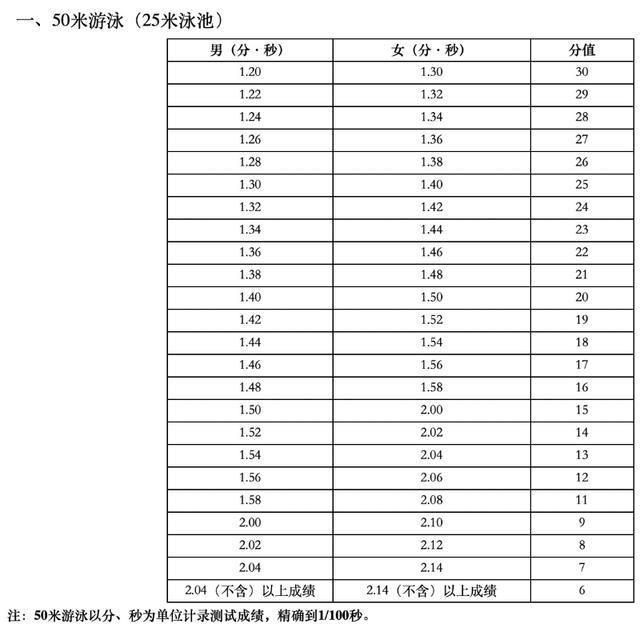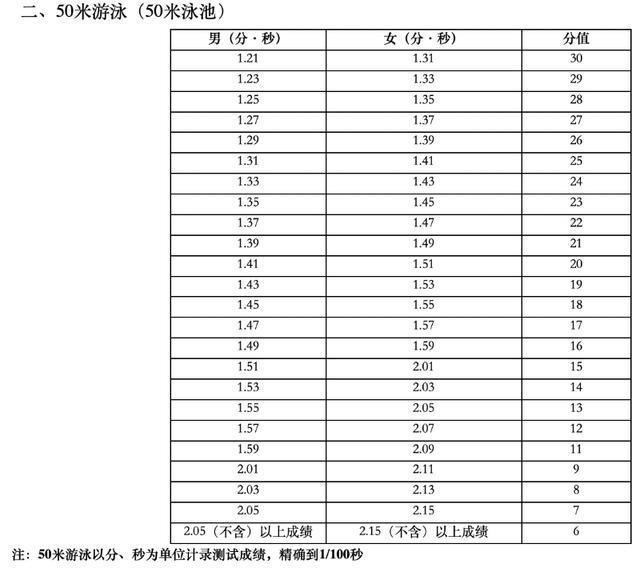Wen | Long Chengfei
Editor | He Runxuan
We can see "platelets" on TV.
On January 22nd, the official blog of CCTV6 movie channel released a poster of Japanese animation "Working Cell" with the topic of #CCTV6 Spring Festival Film List #, confirming that the first season of "Working Cell" will be broadcast in Weibo on February 13th, and the official blog of the Japanese Embassy in China also forwarded it to the official microblog. On January 29th, the official blog of the movie channel released a video clip of the Chinese dubbing version of Work Cell.
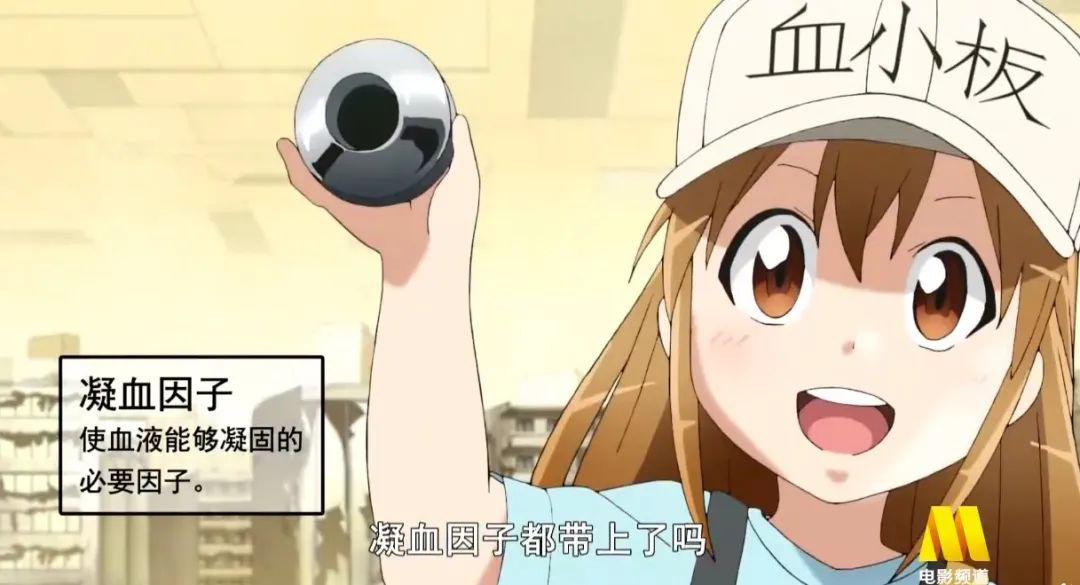
Screenshot of "Working Cell" animation, the picture shows the popular character "Platelet"
"Working Cell" was adapted from Shimizu’s comic book of the same name, and the first season was broadcast in July 2018. Animation personifies cells in the body, bacteria and viruses invading from the outside, and various tissues and organs of the body become machines or buildings. By depicting the work of cells and the fight against the invasion of germs, the daily operation of human functions is displayed, and biological knowledge is popularized.
As soon as the news came out, # Work Cell will be broadcast on CCTV # and boarded the hot search in Weibo.Poisonous eyes (WeChat ID: domoredumou)Note that,This is the first time that Japanese animation dramas have returned to mainland TV screens since the SARFT issued restrictions on overseas animation, and the scale of domestic animation industry and the public’s cognition of "animation" and "secondary elements" have also made a qualitative leap compared with more than a decade ago.
Then, can the broadcast of "Working Cell" be used as an opportunity for Japanese animation to return to mainstream TV channels?
Those days when I watched Japanese animation on TV
In the childhood of many viewers, Japanese animation can be seen on TV channels.
If we want to trace back to the first Japanese animation broadcast on TV, it is probably Astro Boy, which was introduced in 1981 and adapted from Osamu Tezuka’s original cartoon. The version introduced at that time was the 1963 version, which was also the first TV continuous animation in Japan.
However, for many netizens who are still recalling childhood cartoons, Astro Boy has been introduced for a long time, and saint seiya, a Saint introduced in 1980s, seems to be more representative of the childhood memories of most viewers. "Practicing the small universe" has become a common childhood anecdote written by many post-80s writers. In "Flying like a teenager", Han Han once wrote the plot of tying wood to his shoulder with a rubber band and pretending to be a "holy garment".
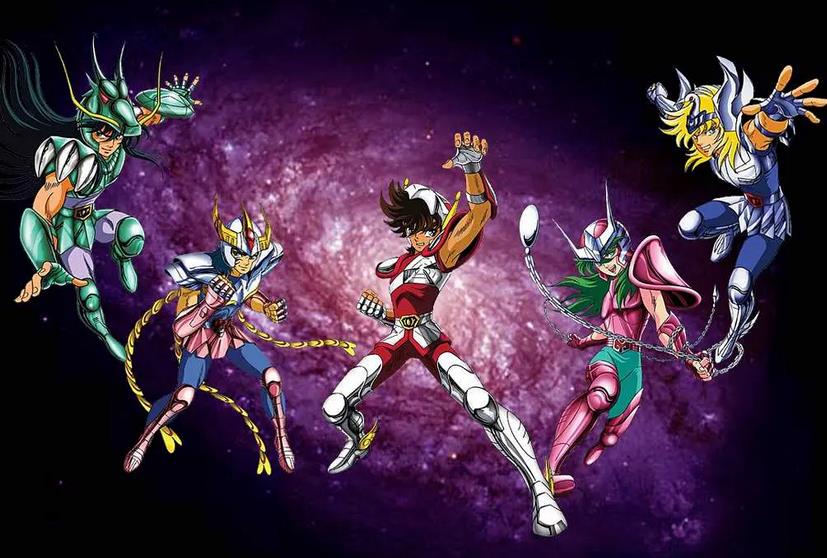
Knights of the Zodiac: Saint Seiya
Looking back, the introduction of Japanese animation to mainland TV channels may be related to Japan’s aid to China at that time.
In the 1970s, the normalization of diplomatic relations between China and Japan began. In 1978, China officially started the process of reform and opening up. In the same year, Deng Xiaoping, then Vice Premier of the State Council, visited Japan and concluded the Sino-Japanese Treaty of Peace and Friendship. The following year, he began to provide ODA (official development assistance) projects to China. With the relaxation of Sino-Japanese diplomatic relations and the strengthening of cooperation, it is logical to introduce Japanese animation.
At the same time, at that time, Hong Kong and Taiwan had close communication with Japan, and introduced many animation works, including "Chaos 1/2" and "Flower Fairy", and made dubbing and subtitles in Chinese. Mainland TV stations could directly purchase and introduce Hong Kong and Taiwan versions, thus reducing the input cost of dubbing and subtitles.
In 2000, Uni-President Group sponsored Taiwan Television to broadcast China! In order to re-dub the film with advertisements, the name of the leading actor "Liu maosin" in the film was changed to "Little Master", and the name of the female host’s father "Ji" was derived from the brand name of Ji Dumplings. Later, the Taiwanese version was introduced to the mainland, and the childhood memory of mainland audiences left the translated name of "Little Master" with advertising color.
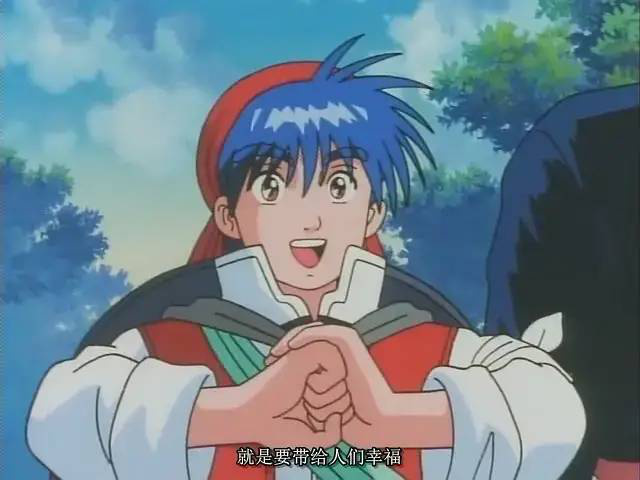
China’s Little Master
However, many viewers’ childhood memories came to an abrupt end in the early 20th century.
According to the Notice of the State Administration of Radio, Film and Television on Further Standardizing the Broadcasting Management of TV Cartoons, starting from January 1, 2006, TV stations at all levels in China are not allowed to broadcast overseas cartoons or information programs introducing overseas cartoons during the period of 17:00-20:00, and at the same time, major animation channels are required to broadcast only domestic cartoons and domestic animation columns during this period.
The introduction of the broadcast restriction order is on the one hand due toMismatch between domestic TV channels and main audiences of Japanese animation.
In the domestic traditional concept, "cartoon" is a literary work for children, and the main audience of TV animation channel is mostly children under the age of 10, while the main audience of most Japanese cartoons is teenagers in junior and senior high schools. The serial comic magazine Weekly Youth JUMP, which has the highest circulation in Japan, is positioned as a juvenile comic magazine, and many of its contents are considered by parents to contain negative factors such as violence and blood, and often receive complaints and feedback.
On the other hand, the original intention of restricting overseas cartoons is to protect the domestic animation industry.
In 2010, Jin Delong, then deputy editor-in-chief of the State Administration of Radio, Film and Television and director of the Propaganda and Management Department, said at the Suzhou Film and Television Animation Creative Investment Conference that he opposed the large-scale introduction of foreign cartoons, because the large-scale introduction of foreign cartoons would hit China’s animation industry hard. At that time, the support policies for the domestic animation industry and the strict control over the introduction of foreign cartoons achieved remarkable results.
The "second dimension" of change
In those days when Japanese animation was not seen on TV, the state began to give policy support to the domestic animation industry.
In 2006, the Ministry of Culture, the Ministry of Finance and the Ministry of Education issued "Several Opinions on Promoting the Development of China’s Animation Industry", proposing to increase investment and financing support, and encouraging animation publishing and broadcasting institutions to increase the proportion of publishing, publishing and broadcasting domestic animation products, which was approved by the State Council.
In 2008, the Notice of the Ministry of Finance and the State Administration of Taxation on Tax Policy Issues Concerning Supporting the Development of Animation Industry was issued, proposing to give preferential treatment to recognized animation enterprises in terms of value-added tax, business tax and income tax. In 2012, the Ministry of Culture even issued the "National Animation Industry Development Plan during the Twelfth Five-Year Plan" to continuously promote the development of the domestic animation industry.
The results of support are obvious, and the market scale of domestic animation industry has increased in more than ten years.
According to the National Animation Industry Development Plan during the Twelfth Five-Year Plan, the domestic animation industry will reach 47.084 billion yuan in 2010 from less than 10 billion yuan at the end of the Tenth Five-Year Plan, with an average annual growth rate of more than 30%. Jin Delong also said that from 1993 to 2003, the domestic original animation production was only 46,000 minutes, and by 2009, this number had increased to 171,600 minutes.
The Return of the Great Sage has exceeded 900 million at the box office, and excellent domestic animation works such as Fox Demon Little Matchmaker and Under One Man have appeared one after another, all of which have provided "confidence" for domestic animation, and the younger generation of Z-generation audiences have more choices than Japanese animation.According to the research report of iResearch, the total output value of China animation industry reached 194.1 billion yuan in 2019, and the number of online animation users reached 400 million.
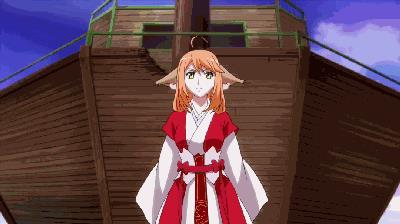
Fox demon little matchmaker
At the same time, with the growth of post-90s and post-00s groups and the development of barrage websites with ACG sub-culture, excellent animation works have stepped out of the original circle, and the mainstream audience’s cognitive impression of "two elements" has changed. ACG, a circle culture, is gradually moving towards the mainstream public with the growth of the main audience. Recently, the popular Japanese animation "The Mantra Comes Back to War", the popular character Wuwu’s birthday can also be searched in Weibo.
The appearance of excellent works by Guo Man and the public’s decontamination and naming of "second dimension" and "cartoon" provide a prerequisite for Japanese animation to return to mainstream TV channels.
The Work Cell, which landed on the film channel this time, is itself a high-quality animation work with the nature of entertaining and popular science. It was praised by People’s Daily and won the "Best Animation Script Award" in the Magnolia Award of the 25th Shanghai TV Festival in 2019.
And choose this time to broadcast by the film channel, perhaps considering to cater to COVID-19’s anti-epidemic environment. The official blog of the film channel wrote when releasing the poster of "Working Cell": "I hope that both big friends and children can deepen their understanding of themselves and enhance their awareness and ability of self-protection during the epidemic."
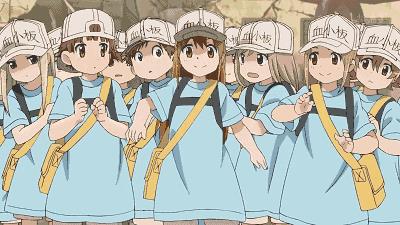
Working cell
Then, does the broadcast of "Work Cell" mean that CCTV’s restrictions on the Japanese diffuse have been lifted?
Some netizens think that broadcasting itself can’t represent the attitude of CCTV, because the movie channel with the name of "Six Princes" is actually not directly affiliated to CCTV. Before that, the theatrical version of One Piece, Naruto and Spirited Away and other Miyazaki Hayao animated films were broadcast, and in January 2019, it was specially designed to introduce Fate/Stay Night’s Feet to domestic cinemas.
However, in recent years, the mainstream TV media represented by CCTV are changing their "image" to fit the aesthetic trend of young people. In the previous article "Consa Juni", CCTV Men’s Team in Business, it was mentioned that the popularity of this "CCTV Hosting Men’s Team" was an attempt by CCTV to open a new dialogue with young audiences.
Last year, Zhu Guangquan and others walked into the live broadcast room with goods, and Wang Bingbing became an internet celebrity sought after on social media platforms. The initial stage of the whole crew of "Youth with You 3" was set at the CCTV New Year’s Eve party, and CCTV’s "youthfulness" seemed to be further accelerated.
The appearance of "Working Cell" on TV may also be an opportunity to further "open up".



